Pam's not in the desert, but Austin, Texas, is where she happens to live, so she not only can grow agaves with ease there, she has access to many, many kinds of them.
There are a few species of agaves that are hardy to Ohio Zones 5/6 (A. havardiana, A. parryi, A. utahensis, A. lechuguila are some of them) but you'd better make sure they have superior drainage, because they do NOT like our wet clay soils, most especially during the winter. I didn't just read that in a book either. I've got personal experience with it. (Read: I've killed three of them.)
I have a small collection of agaves, mainly because I can't walk by one without stopping to drool and see if there's a possibility that it might come home with me. That's what happened when I paid the nearest Lowe's a visit this week. We needed a new drain plug for the bathtub, but I left the store with three new peach trees and this:
Loree Bohl, of Danger Garden blog, has identified these three as what she believes to be Agave parrasana, sometimes called cabbage head agave. These aren't even close to being hardy here, so this planter will stay inside for the winter. It produces offsets (baby plants) readily, so maybe I'll eventually have a mound of them that I can put in a larger round container. (I hope!)
There was a tag that cautioned that there is no drainage in the pot, but I'm going to alter that situation by making some holes in the bottom of the liner. I can then take it out and water it in the sink and then return it to the metal cache pot after it has drained.
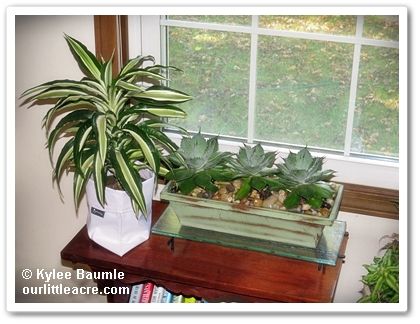 |
| My new agaves, with Dracaena fragrans 'Lemon Lime' |
The fact that I'm finding more and more agaves for sale in my area makes me happy. It was just a few years ago that I wouldn't have been able to find even one. They make excellent houseplants for a bright, sunny window and they're super low-care specimens that always elicit comments, the main one being, "Is that real?"
Now that fall has arrived and with it the impending first frost, I've got to bring in the agaves that enjoyed their summer outside, including this big fella, a gift from Joseph Tychonievich and Brigitta Stewart of Arrowhead Alpines two years ago:
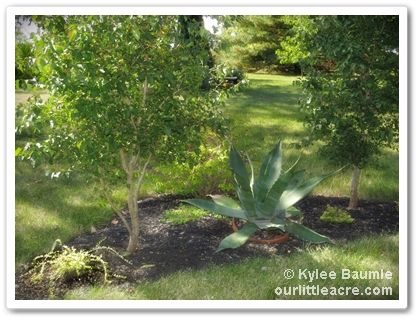 |
| This agave was growing under the greenhouse bench at Arrowhead Alpines and was way too big to ship, so they surprised me with it when I visited them in 2011, knowing how much I love these plants. |
 |
| Look how much the giant agave has grown since this photo was taken in fall of 2011! |
We keep it in the utility room where it gets light from a south window, and though my husband wishes it could stay in the greenhouse, it's too big for there, measuring over three feet across and having those lethal pointy tips. (Some people take fingernail clippers to the tips to make them less dangerous, but that's no fun!)
It's not easy to transport into the house, but the Potlifter makes it as easy as possible to carry and move it.
I also received a very nice agave in a very nice pot as a gift from Chris Tidrick (From the Soil blogger) two years ago. Gardeners are some of the most thoughtful people there are.
____________________
Because the FCC requires it, I'm disclosing that I received the Potlifter free of charge from the manufacturer two years ago. I am also an Amazon affiliate and clicking on links may take you to Amazon through my affiliate link. It doesn't cost you any more for the product when you do that, but if you make a purchase that first began by clicking through my link, I might make a few cents. Seriously, it's never much ( sometimes it isn't anything, depending on the product), but it all adds up at the end of the day. Thank you.











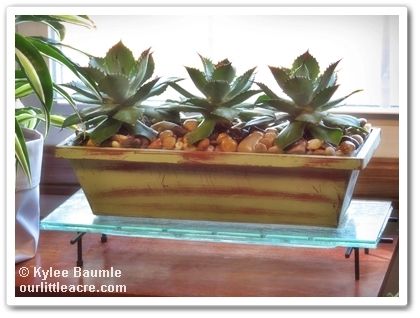
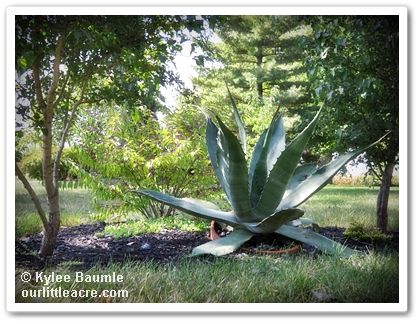
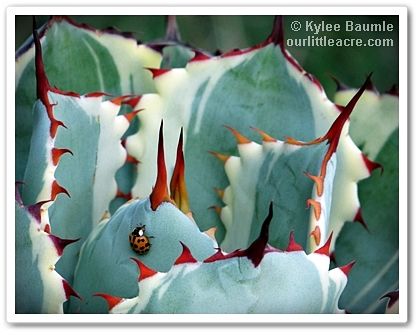
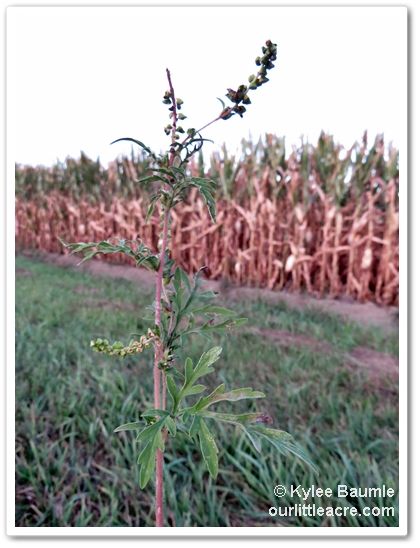
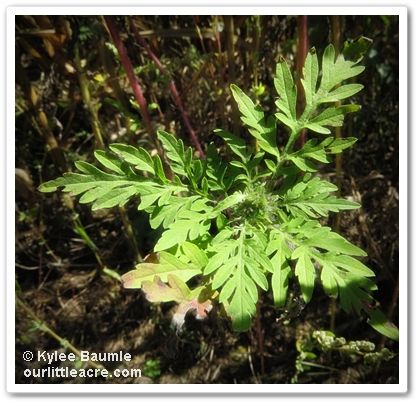
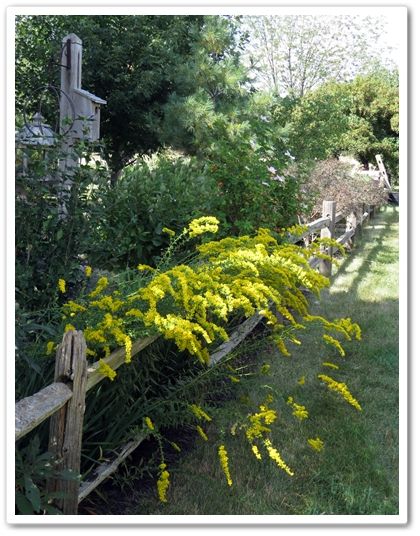
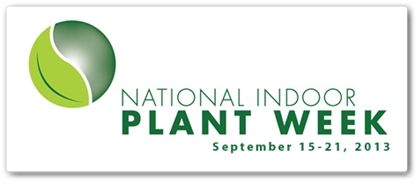
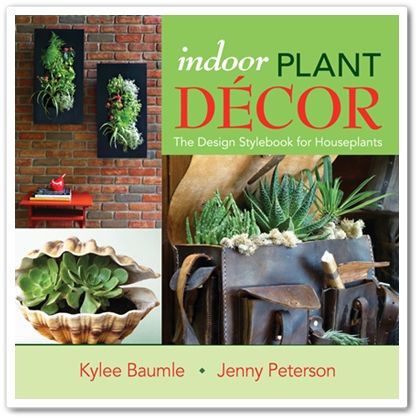
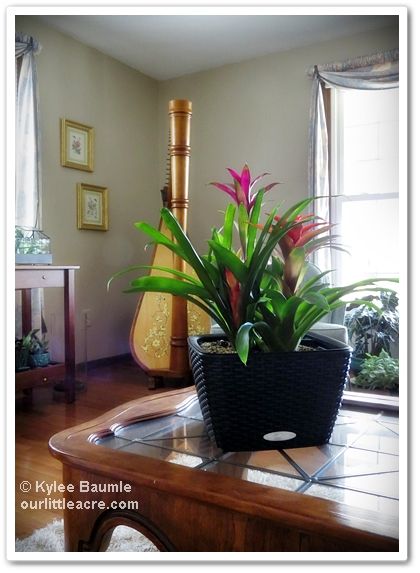

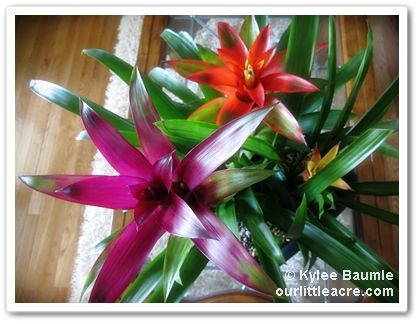

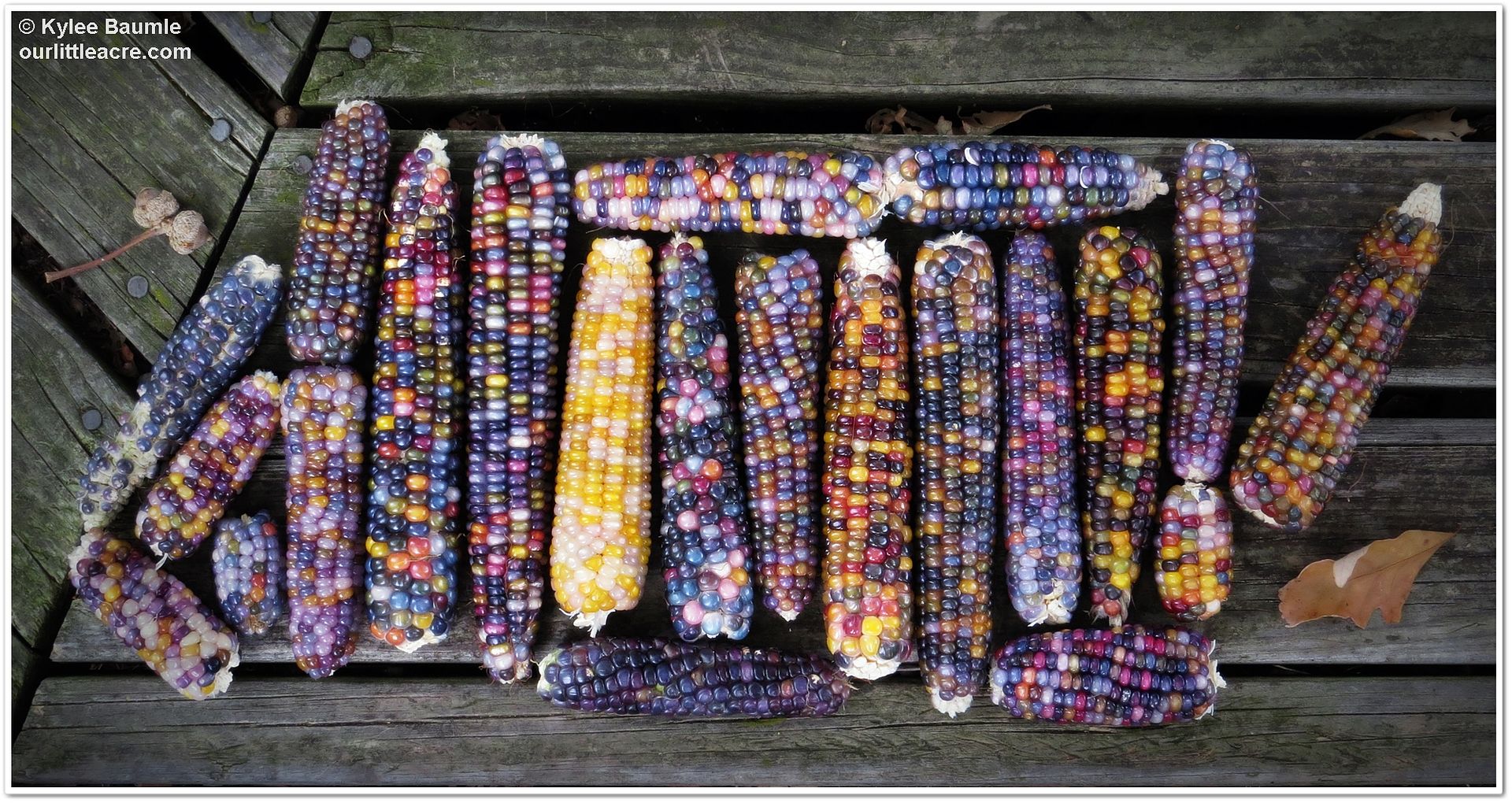



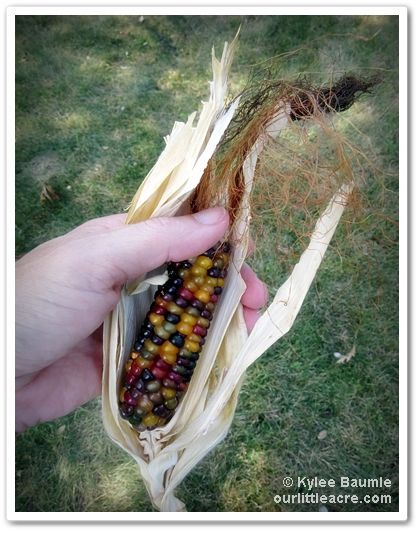



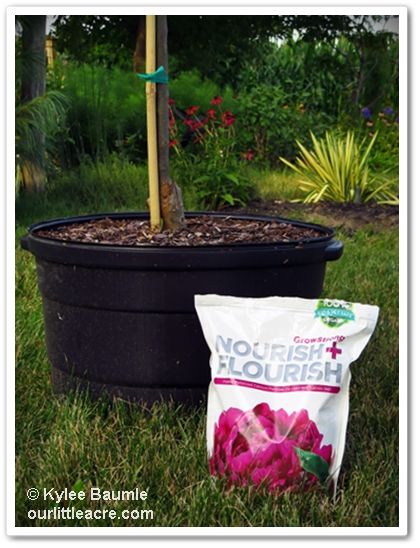
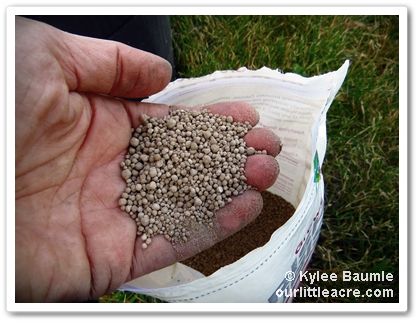




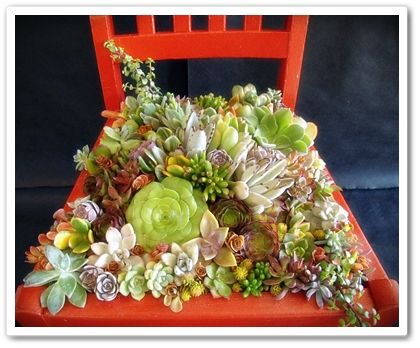

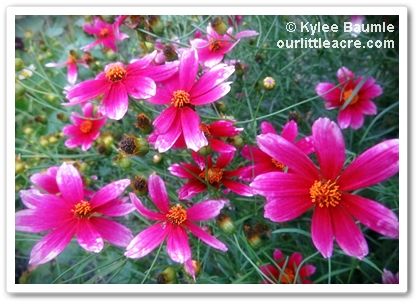
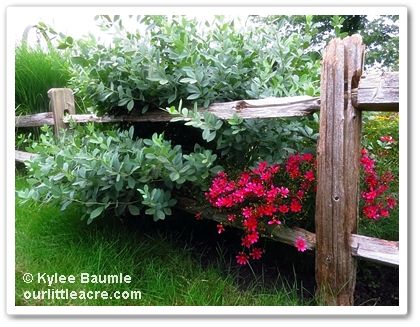
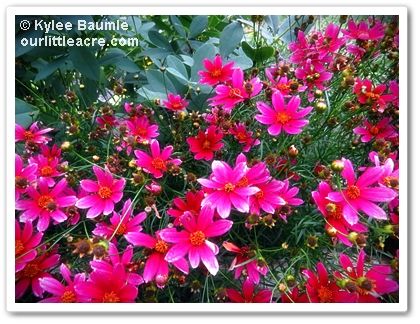

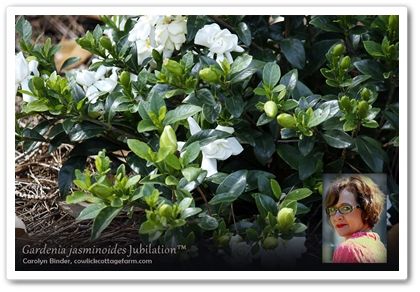
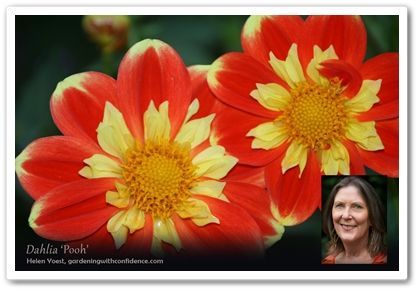

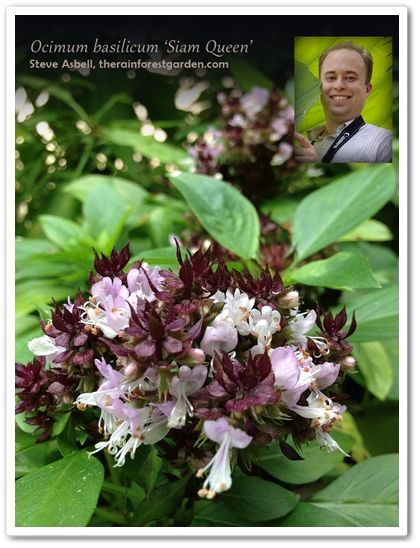
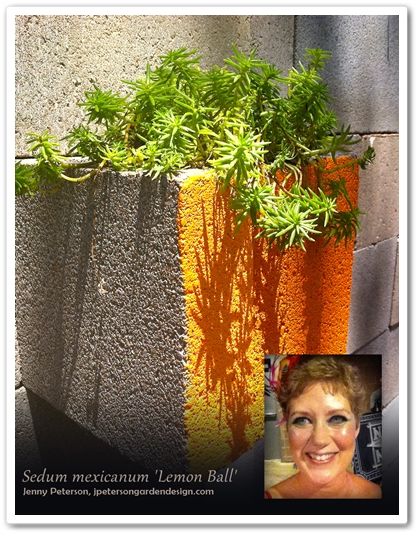
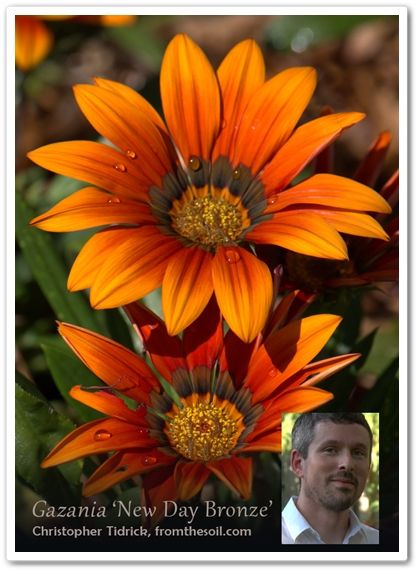
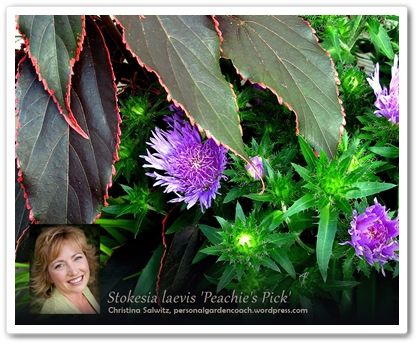
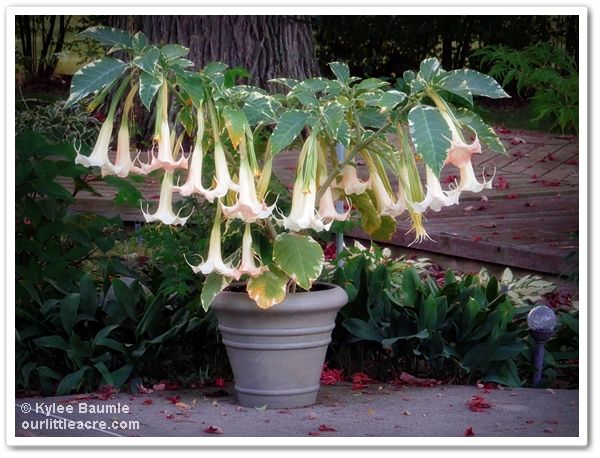


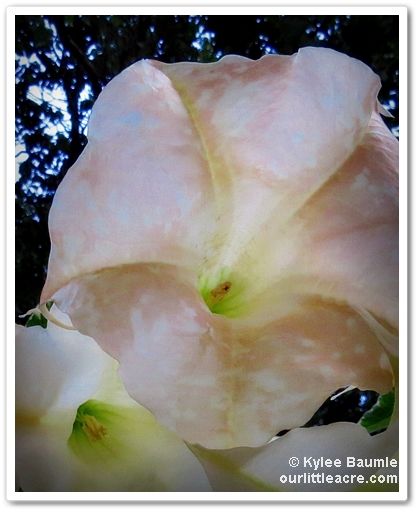


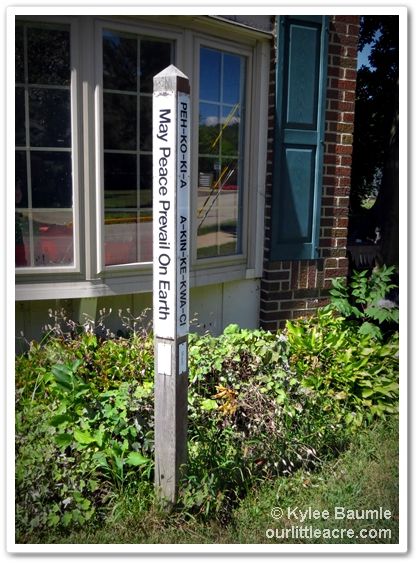

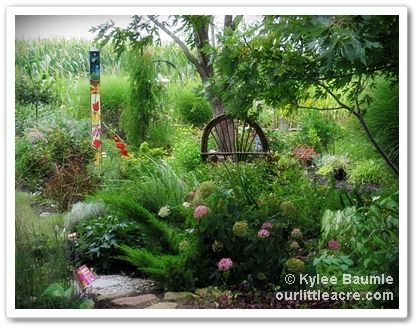
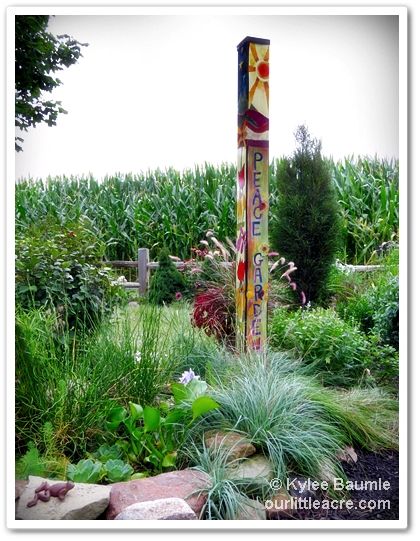
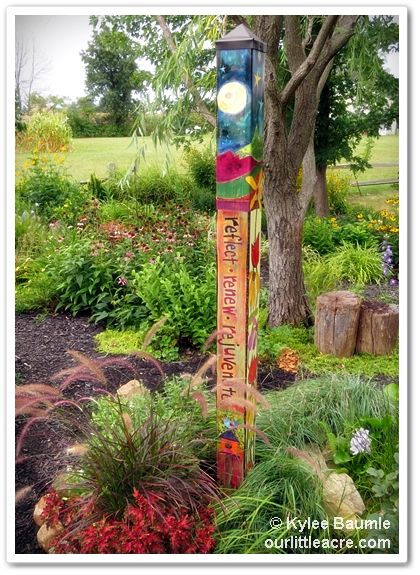






 "Bejeweled"
"Bejeweled"


